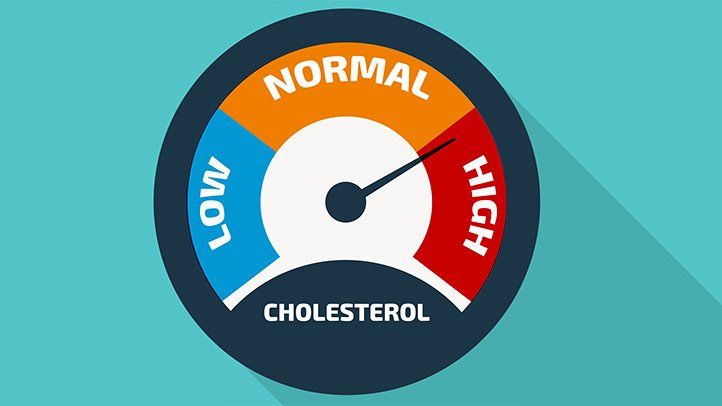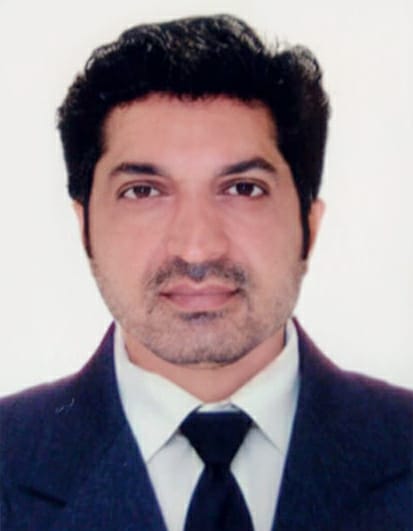Introduction to cholesterol
In order to be able to understand what cholesterol is, we first have to understand what cholesterol is not. Cholesterol is not a type of fat that you consume from food, it’s a type of fat that your body makes naturally. Cholesterol can be found in all cells and tissues and serves as an important building block for hormones and certain cell membranes.
Cholesterol helps digest fats and contributes to the production of bile acid which are necessary for the healthy digestion of fatty food.like butter or red meat.
What does cholesterol do? It’s vital for many bodily functions including:
- Producing hormones such as estrogen, testosterone, cortisol, and others
- Helping your body absorb nutrients from food
High levels of cholesterol can put you at risk for heart disease and other serious health problems.
There are two types of Cholesterol :
The concentration of cholesterol in the blood is called the serum cholesterol level.
- HDL
- LDL
High density lipoprotein (HDL) is sometimes called good cholesterol because it helps to get rid of bad cholesterol from your body.
Low density lipoprotein (LDL) is sometimes called bad cholesterol because it can cause blockages in your arteries, which can lead to a heart attack or stroke.
What is High Cholesterol?
High levels of cholesterol in the body are typically due to hereditary factors or other causes that involve diet, lifestyle and family history.
Some people may develop atherosclerosis (building up of fatty substances on artery walls) at a young age because they have familial hypercholesterolemia (a genetic disorder that affects the metabolism of cholesterol)
Ayurvedic Panchakarma Treatment for high Cholesterol & Triglycerides
Traditional Ayurvedic beliefs state that there are three causes for hypercholesterolemia: diet, stress, and genes. Moreover, this Ayurveda of medicine believes that the disease can be treated by balancing the doshas and basically correcting the metabolism.
Ayurveda believes in root cause analysis and root cause treatment through its panchakarma therapies.
A gut cleansing (virechan) followed by colon cleansing (vasti) helps in the proper correction of primary & secondary metabolism. This also improves the absorption power of your body and proper absorption of nutrients from food (Ahara) that we intake.
Basically, it is to correct the balance of the tri dosha and saptha dhatus of the body.
In the panchakarma treatment program, you need to undergo a series of panchakarma therapies in addition, you will also need to follow an ayurvedic diet plan that helps with balancing your Kapha dosha levels.


